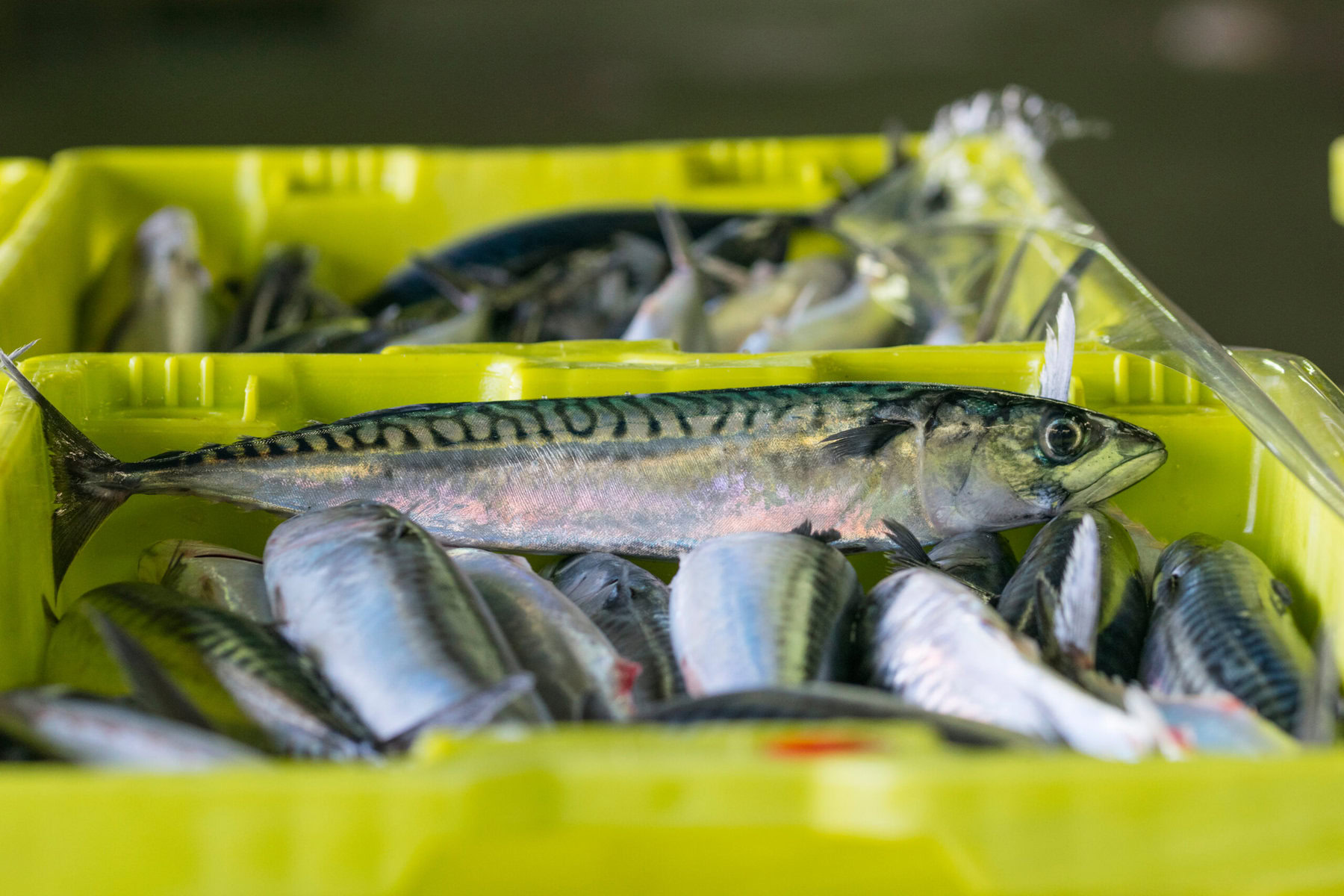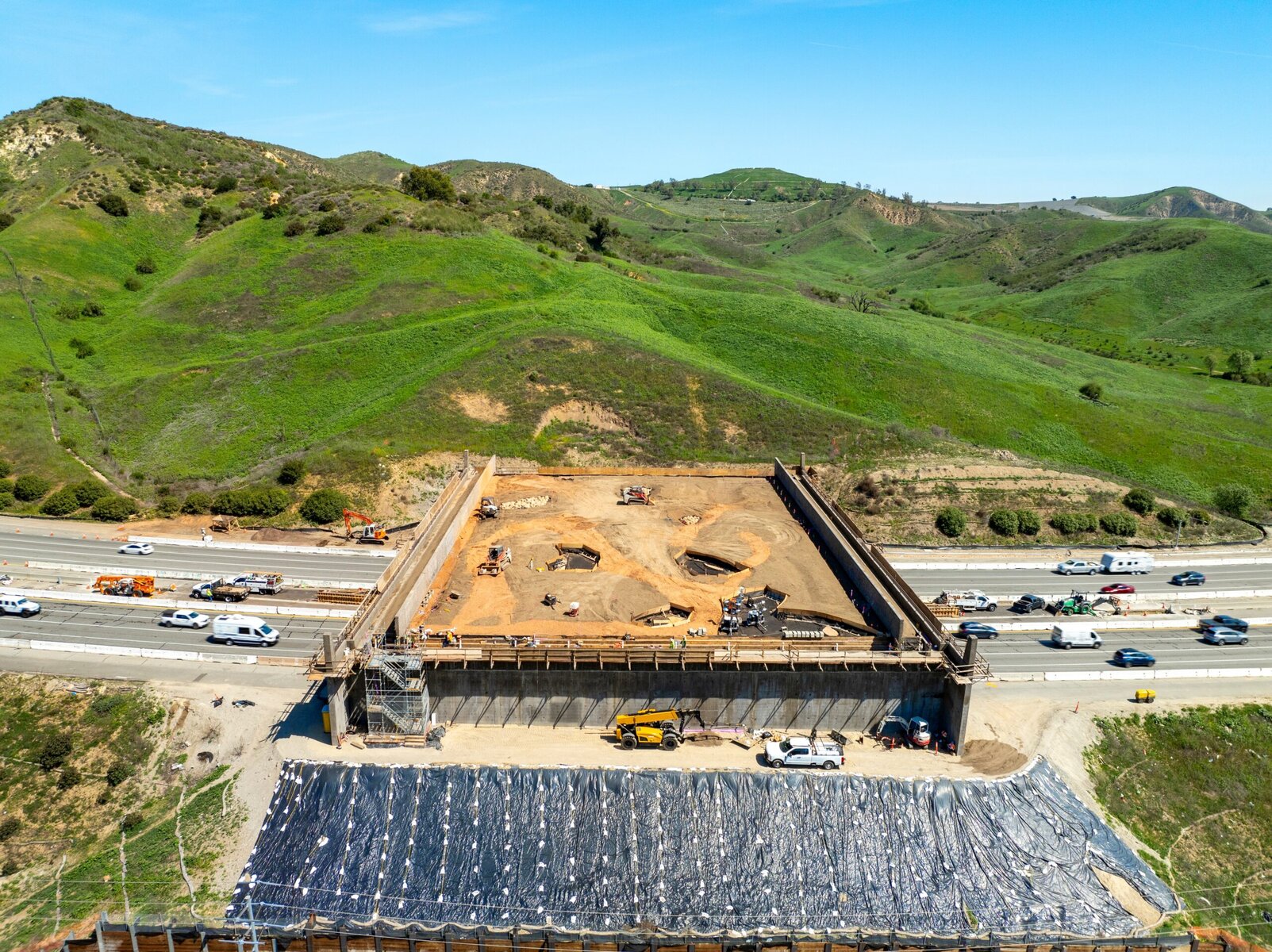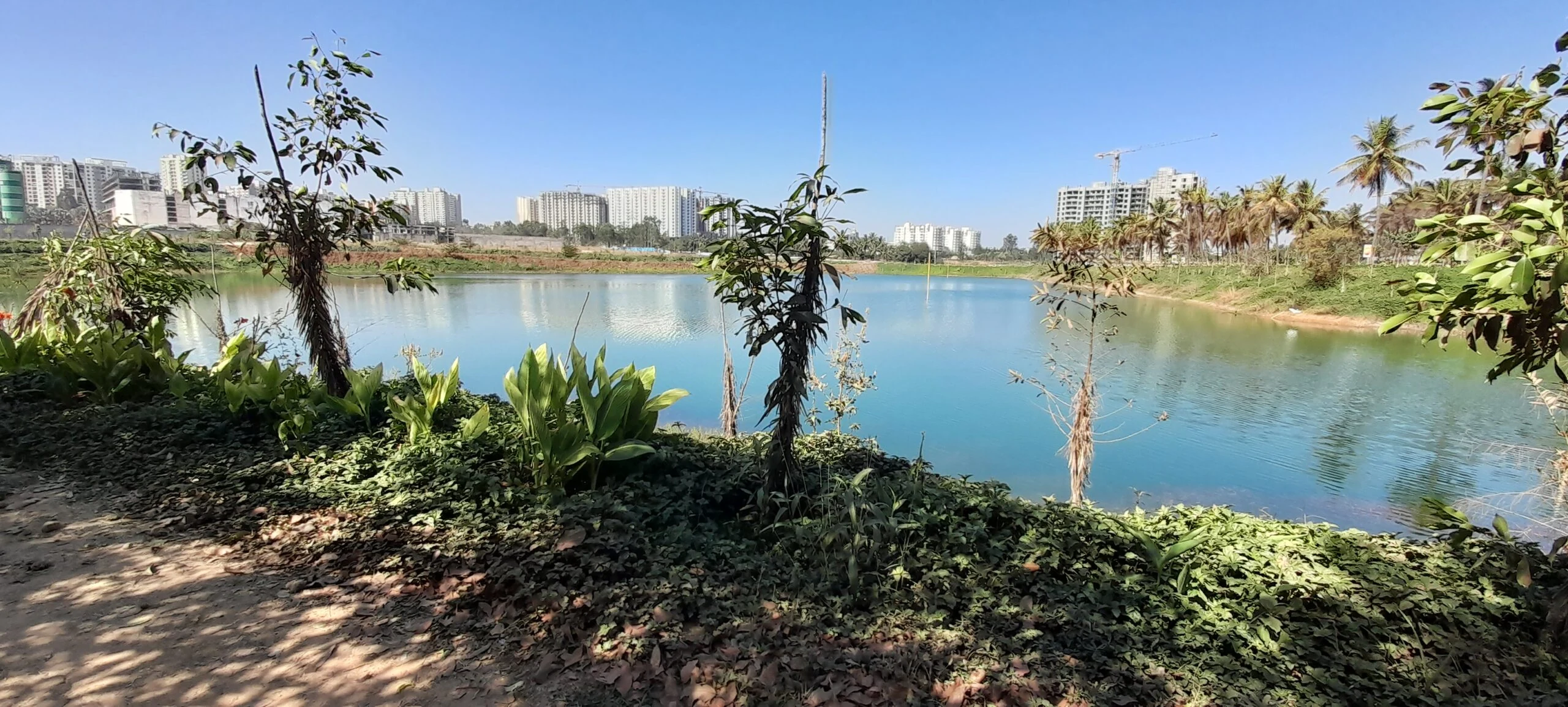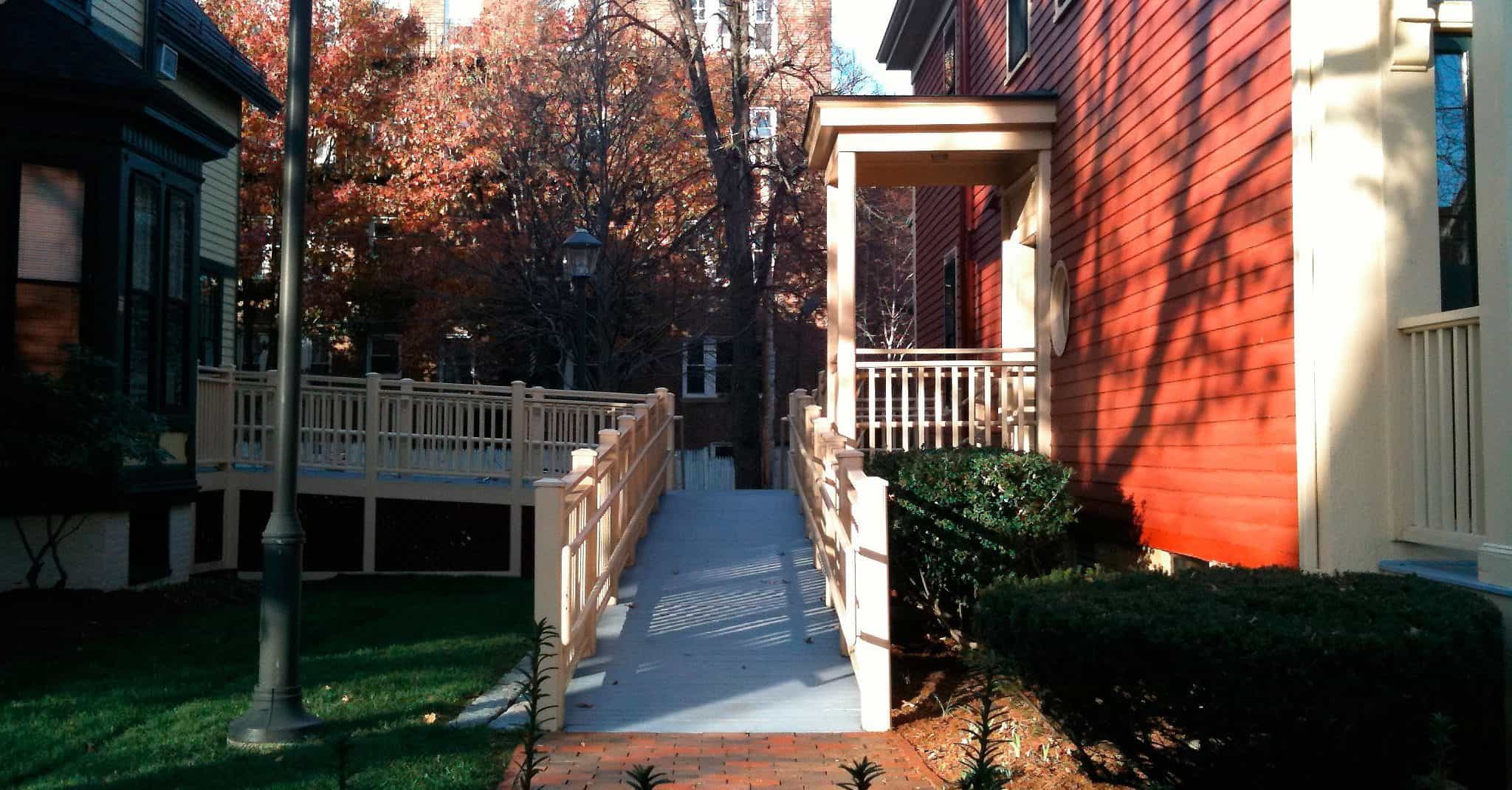Carry the water
Bangkok is a waterlogged city, built on marshes in a part of the world where monsoon season can drop over 13 inches of rain in a single month. Yet the way it has developed — rapidly and haphazardly — has made it even more prone to flooding. Now, with some major new projects, the city is breaking ground in how to live with regular inundations.
The most notable is a huge new park, the city’s first in 30 years, that opened in central Bangkok in 2017. Chulalongkorn University Centenary Park is a marvel of flooding adaptation. It embraces the city’s original, natural topography, with a green slope that allows water to tumble down to a series of wetlands. These wetlands filter the water and feed it into a retention pond.
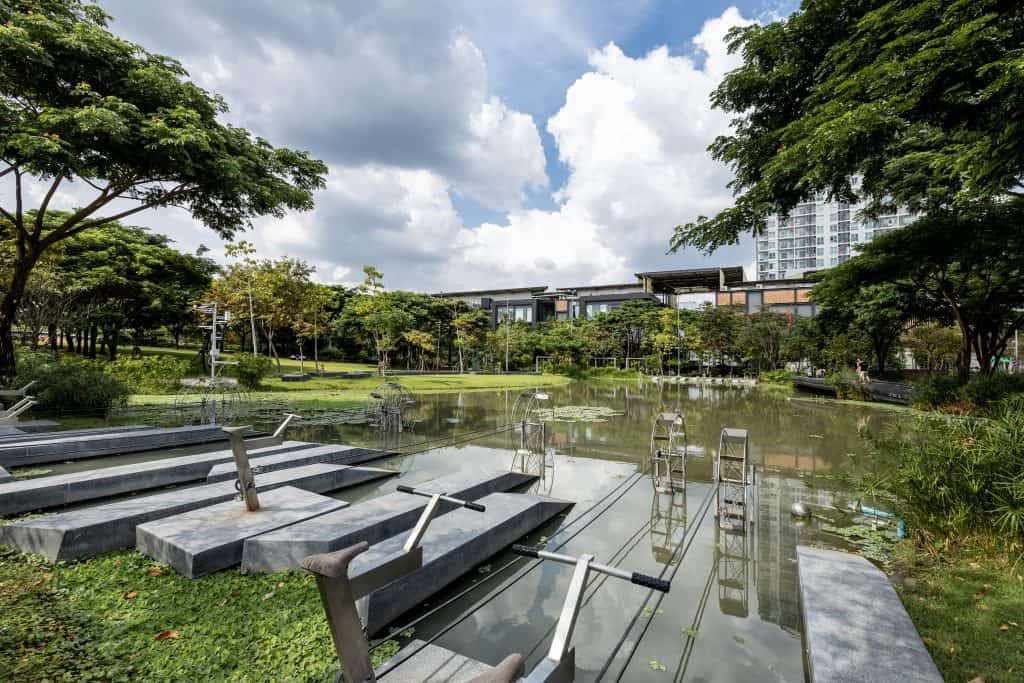
The park was designed by Landprocess, a Thai firm started by Kotchakorn Voraakhom, who cofounded the Porous City Network, which develops nature-led solutions to flooding in Southeast Asia. In an interview, Voraakhom explains how the region’s cities are leading the way in flooding adaptation, and why women are particularly adept at leveraging natural solutions to human-made problems.
Read more at the New York Times
Air plants
In a part of the world that’s as dry as Bangkok is wet, scientists are successfully growing vegetables in the desert using moisture pulled from the atmosphere around them.
RTBC has reported on ways to extract moisture from the air before. But this effort, in Saudi Arabia, is distinctive for its focus on finding a new way to irrigate farms in arid climates. Solar panels convert the energy they collect into heat, and a hydrogel smeared onto the backs of the panels absorbs and locks in the resulting vapor. The process is surprisingly simple — desert air isn’t as dry as you think. Saudi’s humidity hovers around 40 percent during the day, and 80 percent at night.
Weighed down by negative news?
Our smart, bright, weekly newsletter is the uplift you’ve been looking for.So far, the experiment is small — the scientists have sprouted 57 spinach seeds into seven-inch plants. And scaling up the model to support small farms will require industrial collaborators. But in principle, there’s no reason the process couldn’t be used by arid or off-grid communities as a resource that is already available in the air all around them. “For a single household living in the mountain, or a very small community living in the middle of nowhere, this system can really help get those very basic human needs,” said one of the researchers.
Checking in
California’s struggles with homelessness have been most evident in its cities, but unhoused folks in the rural parts of the state — often less visible than in urban areas — need assistance, too. In Del Norte County, for instance, a northern region of only 28,000, there are at least 250 people experiencing homelessness, and officials say that’s probably a drastic undercount.

To assist these people, Project Homekey is turning the state’s underused hotels and motels into affordable housing. In Del Norte, a 30-room motel has been renamed the Legacy Apartments. Many of its residents are only temporary, eventually moving on to conventional housing, but others have decided to stay long-term. Some that spoke to the L.A. Times credited the accommodations with keeping them warm and safe from Covid. “If it wasn’t for this place, I would probably be dead right now,” said one.
Soon, the state will renovate the rooms to make them more like apartments, with full kitchens and homier furnishings. Statewide, over 7,000 affordable housing units have been created this way. In January, Governor Gavin Newsom announced that the state will spend an additional $14 billion to create even more.




